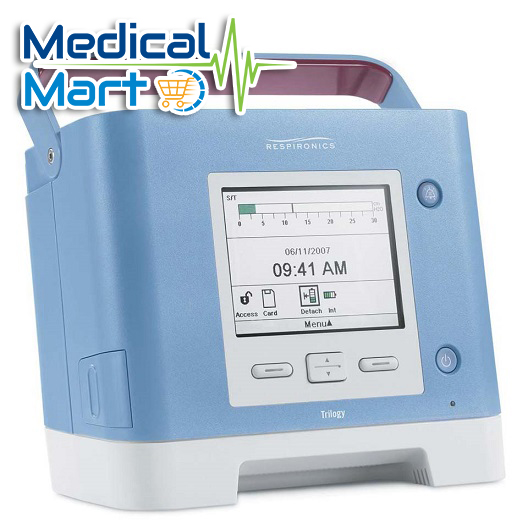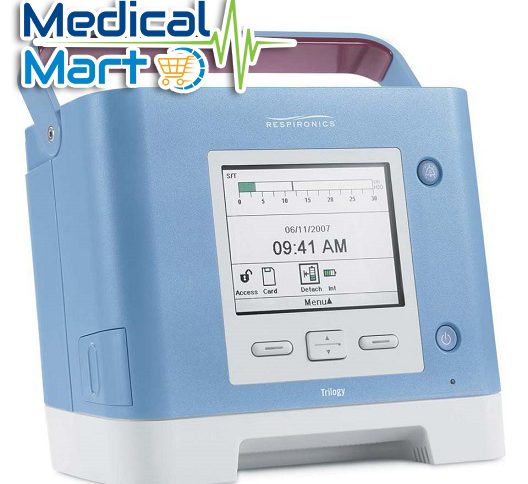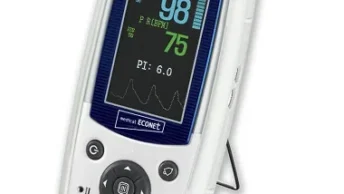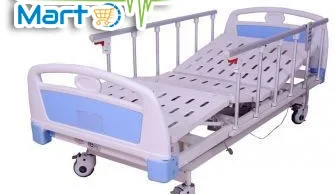Ventilators, also known as mechanical ventilators or breathing machines, can be essential for providing respiratory support to patients with breathing difficulties or respiratory failure, both in a hospital setting and at home under specific circumstances. While the use of ventilators at home is relatively rare and requires careful consideration, they can be a valuable tool in managing certain medical conditions. Here are some ways ventilators can help take care of a patient at home:

Chronic Respiratory Conditions: Ventilators can be used to manage chronic respiratory conditions such as chronic obstructive pulmonary disease (COPD), neuromuscular disorders, or restrictive lung diseases, where the patient’s ability to breathe on their own is compromised. In such cases, a home ventilator can provide the necessary respiratory support to maintain adequate oxygen levels and remove carbon dioxide from the body.
Ventilator-Dependent Patients: Some patients are dependent on ventilators for their daily breathing needs due to conditions like quadriplegia, amyotrophic lateral sclerosis (ALS), or congenital central hypoventilation syndrome. Home ventilators can be used to provide continuous or intermittent ventilatory support, enabling these individuals to live at home and maintain a better quality of life.
Weaning from Hospital Care: Patients who have been hospitalized for respiratory issues and are stable enough to go home but still require ventilatory support can be transitioned to home ventilators. This can help in freeing up hospital resources and improving the patient’s comfort and quality of life.
Palliative Care: In cases where patients are receiving palliative care for a terminal illness and experience severe respiratory distress, a home ventilator may be used to provide comfort and ease the patient’s breathing difficulties during their final days.
It’s important to note that using a ventilator at home requires thorough training and support from healthcare professionals. Additionally, the patient’s condition, the suitability of their home environment, and their ability to manage the ventilator play crucial roles in determining whether home ventilation is appropriate. Here are some considerations:
Proper Training: Caregivers and family members should receive comprehensive training on how to operate and maintain the ventilator and manage potential complications.
Home Setup: The home should have a stable source of electricity, backup power options (e.g., battery or generator), and a clean and suitable environment for the ventilator.
Medical Oversight: Regular follow-up with healthcare professionals is necessary to monitor the patient’s condition, adjust ventilator settings, and address any issues that may arise.
Emergency Preparedness: Having a plan for emergencies, such as power outages or equipment malfunctions, is crucial to ensure the patient’s safety.







